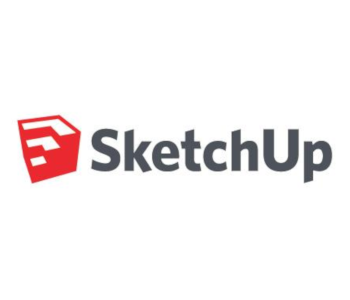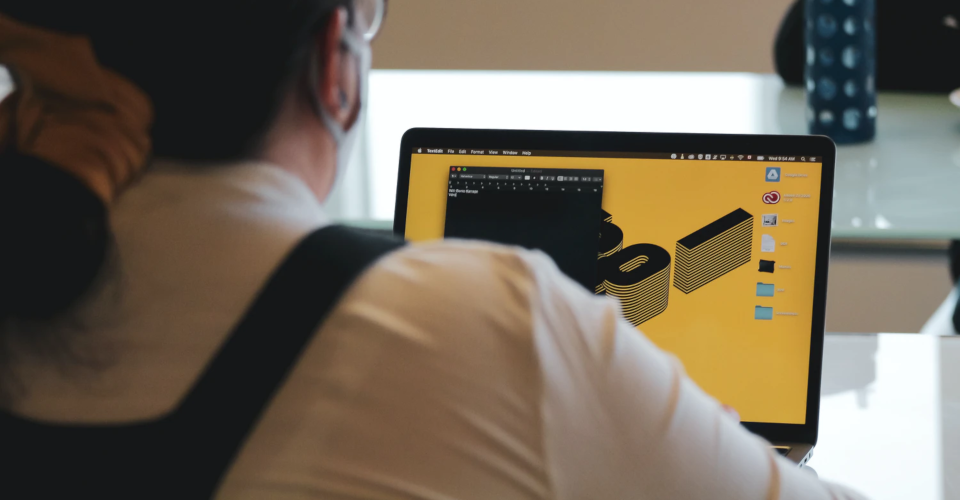How to Make Files for 3D Printing
While there’s a huge database out there of free models for 3D printing, it still feels very limiting to rely on these all the time. If you have an idea for a model that would make a good 3D printing project, then maybe it’s worth the time and effort for you to learn how to make it yourself.
Fortunately, 3D modeling has become a skill that is a lot easier to learn nowadays. This is through the help of software that is designed deliberately to be beginner-friendly. Here are the steps to take to create your very first model for 3D printing.
Which software to use?

Although there is a wide array of 3D modeling software options for beginners, we prefer building a foundation based on proper fundamentals. Thus, we prefer platforms that are based on CAD standards. This will make it easier to transition to professional-level 3D modeling should you develop the skill for it.
We’re also focusing on 3D modeling platforms that are easy to use and not resource-intensive. For these reasons, we are partial to web-based platforms. These allow you to do heavy 3D modeling work even without powerful hardware in your computer.
Many in the industry heavily recommend TinkerCAD for beginners. Developed by AutoDesk, this simple 3D design platform was designed specifically for beginners. According to the developers, the platform is so simple that new users can put together a model within the first five minutes of using it.
Another huge benefit of TinkerCAD is that it’s completely browser-based. Not having to install any software package only makes this platform a lot more accessible. There’s also the fact that it’s completely free to use – you just need to sign up for an account on their website.
Other similar beginner-friendly platforms are SketchUp and FreeCAD. The web-based platform of SketchUp is free to use and comes with 10 GB of cloud storage. SketchUp also comes with Pro desktop-based versions for a paid subscription plan. This is also a nice place to start but you may find yourself limited to the SketchUp ecosystem.
FreeCAD is an open-source downloadable 3D modeling platform. It’s not as easy to learn for beginners but has very versatile capabilities. Being highly customizable, FreeCAD is used in a wide range of settings from education to professional architecture and engineering.
Once you gain confidence in your skills, you may consider moving on to more professional 3D modeling platforms. Blender and ZBrush are two common options that are used by professional artists and in the video game and animation industries. The focus here shifts to 3D sculpting instead of working with basic geometric shapes.
Learning modules for basic 3D modeling

Covering the whole 3D modeling process is far too long for a single article. What we can do instead is to point you in the direction of the best learning materials for beginners.
If you’re using TinkerCAD, you may want to browse their catalog of lessons. These lessons cover the process of designing basic 3D models, such as a chess pawn or buttons in a variety of shapes. For more guidance, you may also check out this series of videos offered by Shapeways. The videos are also based on the TinkerCAD platform and do not run longer than 10 minutes each.
The ever-reliable Udemy also has online courses for 3D modeling using TinkerCAD. This specific course isn’t for free but provides more content than you would need for basic modeling for 3D printing. However, it does not hurt to learn a little bit more than what is necessary.
Those who prefer other 3D modeling platforms can also learn from these SketchUp and FreeCAD courses. Each one of these courses is reasonably inexpensive and should take you through the basics of creating a 3D model from a 2D design or sketch.
A few design tips for 3D printing
Here’s a free lesson for you – not every 3D model is compatible with 3D printing. If you had not planned ahead for 3D printing, your model may be rejected by the slicer or require some repair. To make sure you don’t run into this problem later on, here are a few tips to keep in mind while modeling.
Keep the model watertight
The technical term for this is that the 3D model should be completely manifold. This means that all surfaces and edges are connected such that the model is watertight. Any gaps would cause the model to be rejected by the slicer.
Walls should not be paper-thin
Take some time to imagine how your model could be recreated in the real world. They need to be physically feasible. Aside from making models watertight, the walls or shells should be designed with sufficient thickness. This takes into consideration the resolution limits of a 3D printer and the intended mechanical properties of your 3D printed product.
Consider the 3D printing technology
At the onset, it’s worth considering the type of 3D printer you’re going to use to print your model. This could be FDM, SLA, or SLS. It’s prudent to pick how your model is going to be printed because each option has specific requirements and limitations.
For instance, FDM isn’t known for stellar resolution. Your output quality may suffer if your model has too many fine details. Overhanging features can also be problematic in FDM and may require that you use lots of support structures. Lastly, it’s ideal to print a model with a large bottom surface in FDM to optimize bed adhesion.
SLA uses a liquid resin as raw material. The main consideration during design is that your model should have drainage holes so that none of the residual resin becomes trapped in the model’s internal cavity. The tips on maximizing bed adhesion and reducing overhanging features also apply to SLA.
SLS uses a powdered raw material that is sintered together through the controlled application to heat. An advantage of SLS is that the residual powder provides structural support as 3D printing progresses. This eliminates any need to add support structures to a model. This technology is also very suitable for high-resolution models. However, the residual powder in the negative space also needs an exit channel.
When making your own model for 3D printing, you’re not likely to get it right the first time. As you design more complex models, you’re likely to run into more and more 3D printing issues. Take the time to understand exactly what went wrong and go back to the drawing board. This is one of the best ways to learn about the intricacies of both 3D modeling and 3D printing.
Final thoughts
Making your own models for 3D printing is the ultimate form of expressing your creativity through 3D modeling. No longer will you be limited to models that can be downloaded online. Do you need a replacement for that part that broke off your home appliance? Just model one yourself and print it!
Now that 3D modeling has become more common, software for this craft has also become more geared towards beginners. Learning 3D modeling nowadays is just as complex as learning how to do graphic design. Before too long, you might already be sculpting custom 3D models and printing them with ease.



I’m using Autocad 2004. I’m assuming my designs on the computer have to be done in 3D.